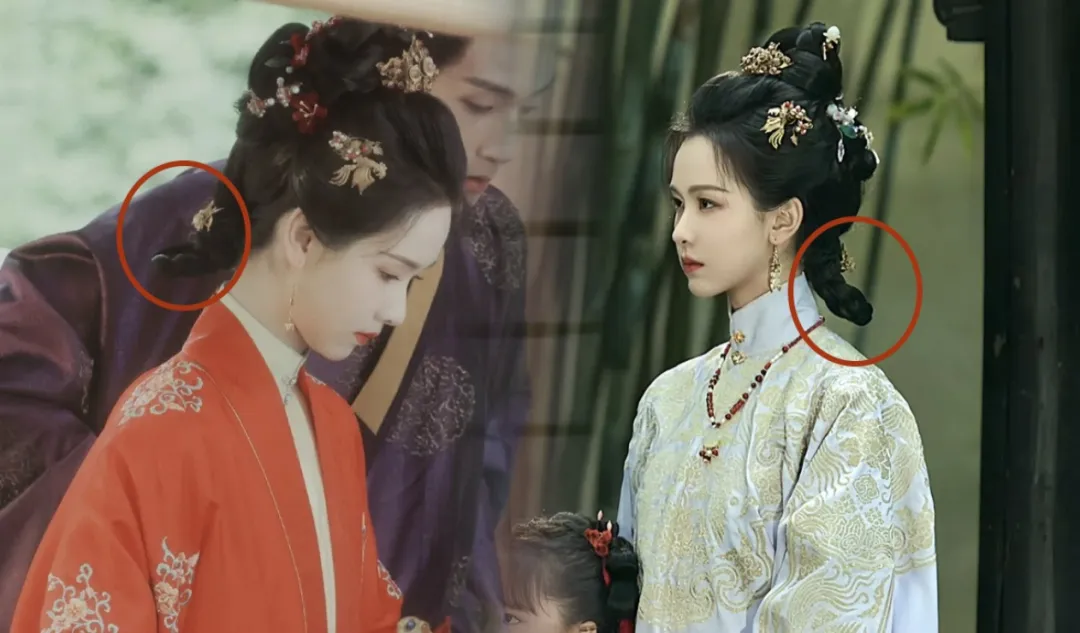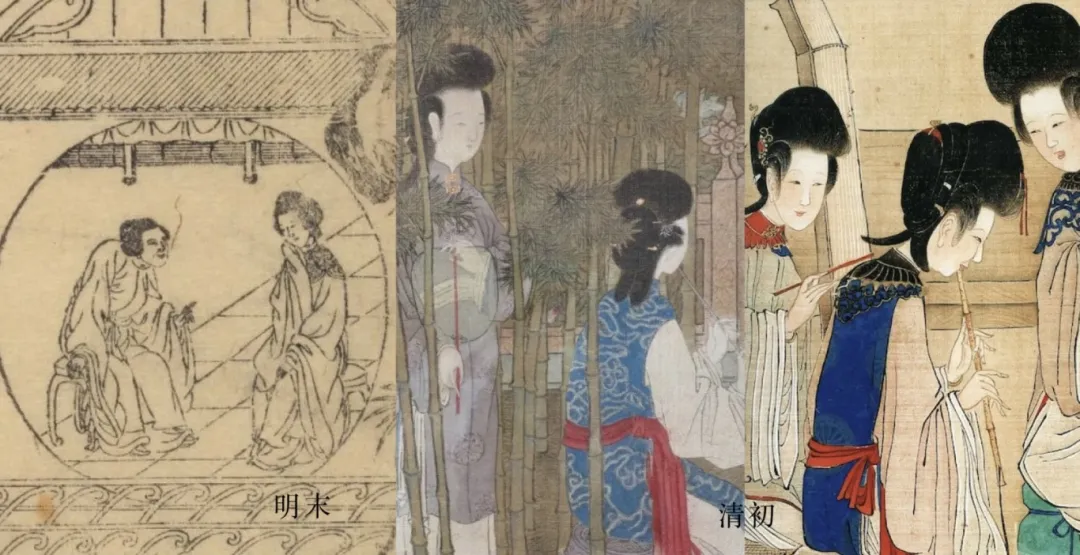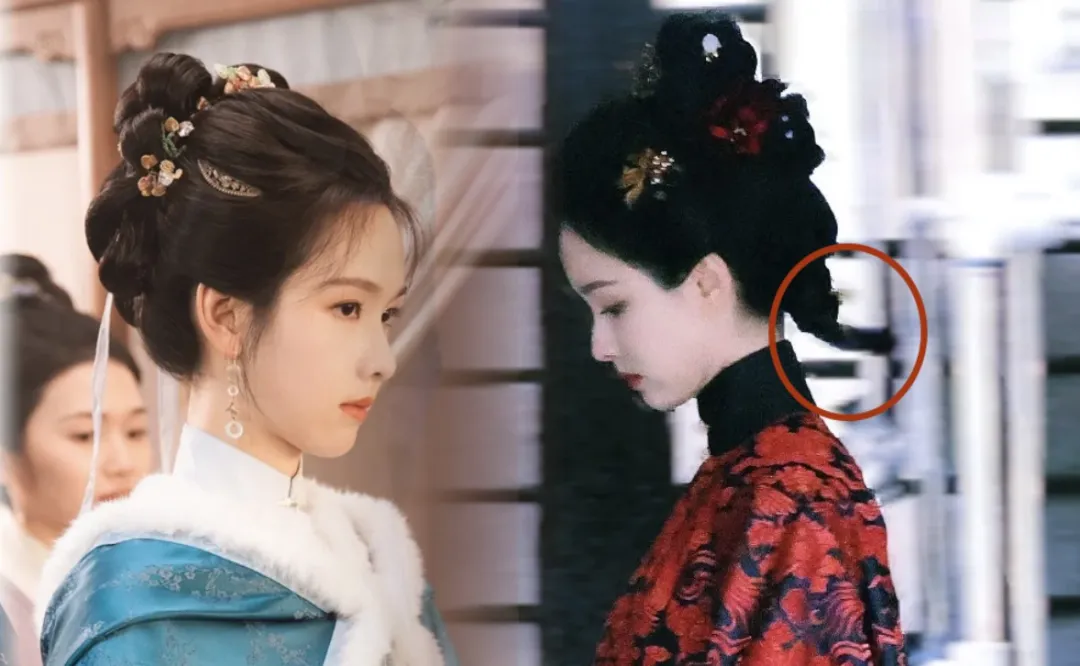
In the Cdrama When the Wild Geese Return, Chen Duling's post - marriage hairstyle surprised viewers: 'Why is this married hairstyle so odd? The ends just stick straight up!' In fact, this is the Sanlvtou (三绺头), a style popular among Han women in the late Ming Dynasty. The hairstyle features a 'wild goose tail' at the back, looking more dignified and steady.
The Sanlvtou divides the hair into three sections: front, middle, and back. Each section is braided and gathered in a distinct way, thus getting the name 'Sanlvtou'. However, this hair - combing method can be traced back even earlier. For example, in the second act of The Box of Toiletries by an anonymous writer of the Yuan Dynasty, there is a line: 'Who would have thought that Kou Chengyu, a woman with the Sanlvtou hairstyle and two - piece clothing, has such loyalty.'

Specifically, the Sanlvtou has two side strands called 'Lvebin (掠鬓)'. They frame the face like delicate clouds or cicada wings, so they are also poetically named 'Cloud - Like Hair' or 'Cicada - Wing Hair'. The front section of hair can be swept back, laid flat, or slightly raised, then tied with a red ribbon into various buns. The back section can either blend into the bun, showing a cicada - wing - like bun tail, or form a distinct 'wild goose tail' shape.
In the history of Chinese costumes, hairstyles generally became more exaggerated over time. By the early Qing Dynasty, the front section of the Sanlvtou became voluminous and towering, similar to the 'Peony Head'. The Sanlvtou was not only popular among Han women in ancient times but also transcended ethnic boundaries. It was a classic hairstyle for married women and influenced traditional hairstyles across East Asia. We can still see its influence in some hairstyles in East Asian countries, as well as in the 'Three - Braid Hairstyle' of the Hakka people and the 'Sail - shaped Hairstyle' in Fujian.
There was also a similar style in the late Tang Dynasty, the 'Paojiaji (抛家髻)'. As recorded in New Book of Tang: 'At the end of the Tang Dynasty, women in the capital combed their hair with two sideburns hugging the face, looking like a cone - shaped bun, which was called the Paojiaji at that time.' The Paojiaji also emphasized side strands gathered atop the head, with the sideburns like cicada wings close to the cheeks. It also divided the hair into three parts, but the hair ends were not styled into a 'wild goose tail'. There might be an inheritance relationship between the two hairstyles.
Actually, using different hairstyles for pre - and post - marriage in period dramas reflects the thoughtful storytelling.

